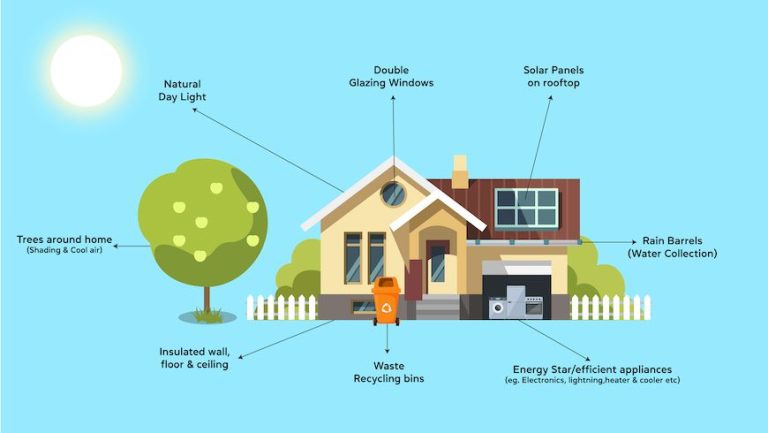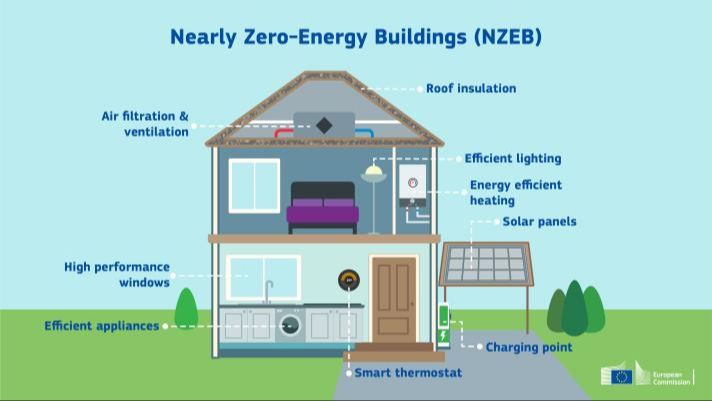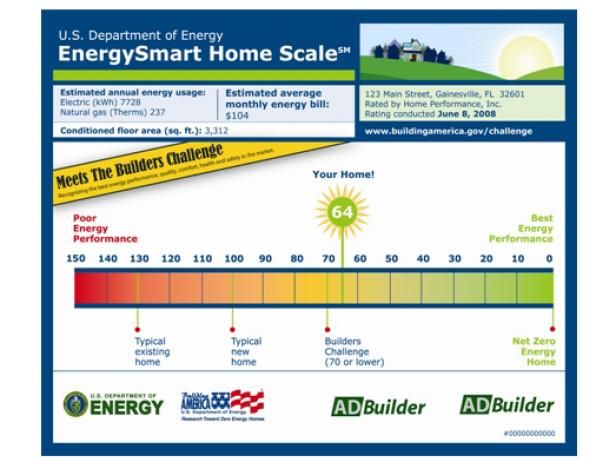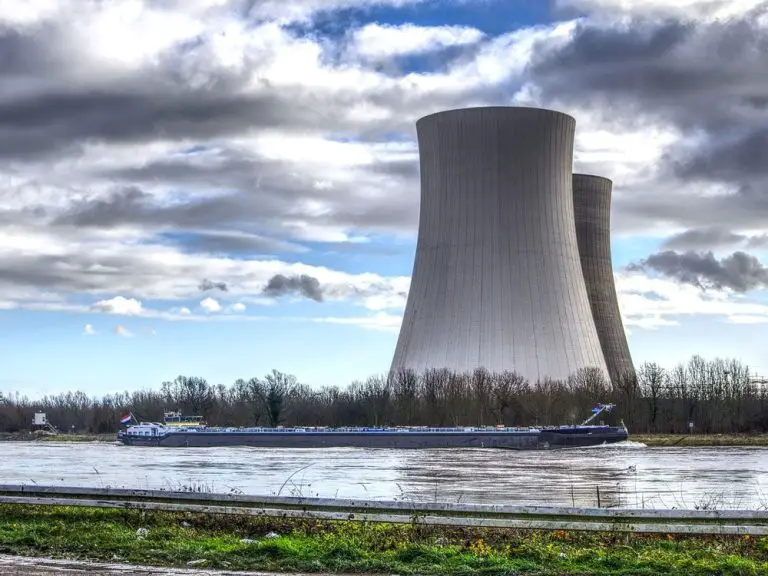What Is The Unit Equivalent To Watts?
A watt is a unit of power that measures the rate of energy conversion or transfer. It quantifies the amount of energy converted per unit of time. Watts are important because they allow us to understand how much power devices consume and systems produce. Knowing watt equivalents also enables conversion between different units of power.
Having a standard unit like the watt is essential for measuring and comparing power usage across many applications, from small electronics to large motors and generators. By understanding equivalents, we can contextualize watt values and convert between units like kilowatts or horsepower. This helps relate power consumption to real-world energy usage across fields like engineering, physics, and electronics.
The Origins of Watts
The watt unit of power is named after James Watt, the Scottish inventor and mechanical engineer. In the late 18th century, Watt worked to improve the efficiency and power output of the steam engine. At the time, Thomas Newcomen’s early steam engines wasted a tremendous amount of energy by repeatedly cooling and reheating the engine cylinder. Watt introduced a separate condenser, which dramatically improved the steam engine’s efficiency. He also devised several other improvements to make steam engines more practical for use in industry.
Watt’s contributions were monumental in ushering in the Industrial Revolution. His improved steam engine helped power factories, mills, trains and ships, driving the rapid industrialization of England in the late 1800s. The unit of power measuring the rate of energy conversion was named the watt in honor of James Watt and his pioneering work to develop a practical steam engine.
Defining Watts
A watt is the standard International System of Units (SI) unit used to measure power. Power is defined as the rate at which energy is converted from one form to another or transferred from one place to another.
Specifically, one watt is equal to one joule of energy converted per second. This means that power is a measure of the rate of energy flow or energy transfer. A light bulb, for example, converts electrical energy into light and heat energy. The rate at which it performs this energy conversion is measured in watts.
Watts are useful because they provide a standard way to measure the rate of energy conversion regardless of the type of energy involved. Watts allow us to quantify and compare the power of engines, motors, light bulbs, batteries, and other systems that use, convert, or transfer energy.
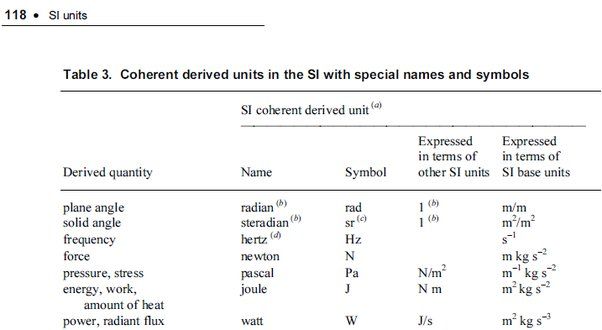
Common Equivalents
There are a few common equivalent units that are used to measure power alongside watts. Understanding these units can make it easier to conceptualize the amount of power in watts.
One of the most direct equivalents is joules per second. A joule is a unit of energy and work. Power is the rate at which energy is transferred or work is done, so watts can be expressed as joules per second, or joules/second. This helps relate watts back to the base units it is derived from.
Another equivalent to watts is kg m2/s3. This expression uses the base units of mass (kg), distance (m), and time (s). Watts are defined as kg m2/s3 because power is the product of force and velocity. Force involves mass, distance, and acceleration (which includes time). Velocity also includes distance and time. So the base units used to measure force and velocity combine to form the kg m2/s3 equivalent for watts.
The final common equivalent is volt amperes. Watts are often used to measure electric power, which is the product of current (amperes) and voltage (volts). So electric power in watts can be expressed as volt amperes, or volts multiplied by amps.
Watts to Kilowatts
When looking at electrical power, watts and kilowatts are two common units used. While they represent the same thing – power – they differ in the amount.
Specifically, a kilowatt is equal to 1,000 watts. This means that 1 watt is equal to 0.001 kilowatts.
To convert between the two:
- To convert watts to kilowatts, divide the watts by 1,000.
- To convert kilowatts to watts, multiply the kilowatts by 1,000.
Some examples:
- 100 watts = 0.1 kilowatts
- 1,000 watts = 1 kilowatt
- 10,000 watts = 10 kilowatts
So in electrical terms, 1 watt is equivalent to 0.001 kilowatts. Knowing the relationship between these two units is helpful for calculating and comparing power consumption and requirements.
Watts to Horsepower
One of the most common equivalents for watts is horsepower, used to measure the power of mechanical engines and motors. The conversion between watts and horsepower is:
1 watt = 0.00134102 horsepower
To convert watts to horsepower, simply multiply the watts value by 0.00134102. For example:
- 1000 watts x 0.00134102 = 1.34102 horsepower
- 500 watts x 0.00134102 = 0.6705 horsepower
- 2000 watts x 0.00134102 = 2.68204 horsepower
This allows an easy conversion between the electric power in watts of a device, and the equivalent mechanical power in horsepower of an engine needed to power the device.
Watts to BTUs
One common unit equivalent to watts is the British thermal unit (BTU). The BTU is a unit of energy used to measure heat. Specifically, one BTU is defined as the amount of energy needed to raise the temperature of one pound of water by one degree Fahrenheit.
The conversion between watts and BTUs per hour (BTU/h) is:
1 watt = 3.41214 BTU/h
So for example, a 1500 watt space heater converts to around 5118 BTU/h (1500 x 3.41214). This indicates that the 1500 watt heater can produce 5118 BTUs of heat energy per hour. Going the other way, if you had a device rated for 10000 BTU/h, you could convert that to around 2934 watts (10000 / 3.41214).
The watt to BTU/h conversion is useful for relating the power consumption of an electrical device like a heater or air conditioner to its heating or cooling output. The BTU provides a standard unit for comparing the thermal performance of different devices.
Watts in Electricity
Watts are commonly used to measure electric power. Electric power refers to the rate at which electrical energy is transferred by an electric circuit. For example, a 15-watt light bulb uses 15 watts of electric power.
The wattage of electrical devices indicates the rate at which they consume energy. High wattage devices require more power to function than low wattage ones. Knowing the wattage of appliances and devices allows us to determine the electrical load and requirements for power circuits and generators.
Wattage also helps calculate electricity usage. Electricity bills typically charge per kilowatt-hour (kWh), which represents the amount of energy consumed over time. By multiplying the wattage of a device by the time it runs, you can estimate the energy usage and cost to operate it. Overall, watts are an essential metric for measuring and managing electrical power.
Watts in Light Bulbs
The wattage rating of a light bulb indicates how much power it draws. Different types of bulbs produce different amounts of light for the same wattage.
An incandescent 60W bulb produces about 800 lumens, while an LED bulb with the same wattage produces around 800-1100 lumens. This is because incandescent bulbs produce light by heating a filament, which wastes energy as heat. LED bulbs are far more energy efficient, converting over 80% of energy input into light.
CFL bulbs fall in between, producing about 600-800 lumens per 60W. They are more efficient than incandescent but contain mercury, whereas LEDs are non-toxic.
So for the same brightness an LED bulb will have a lower wattage than an incandescent. A 9-13W LED bulb produces about the same 800 lumens as a 60W incandescent. Going with more efficient bulbs is an easy way to reduce energy usage and costs.
Conclusion
In summary, watts are an important unit for measuring power. Understanding the equivalencies between watts and other units like kilowatts, horsepower, and BTUs allows us to conceptualize power levels and make conversions when needed.
Knowing how many watts are in common electrical devices also provides a practical understanding of their power consumption. While a lightbulb may use only 60-100 watts, larger appliances like a microwave often use 1000+ watts.
Being able to convert between units is useful for both science and everyday situations. Watts provide a standard unit for comparison of power across any application. Whether optimizing an industrial motor or simply choosing energy efficient home appliances, having an intuitive grasp of watts and their equivalents enables better-informed decisions.

